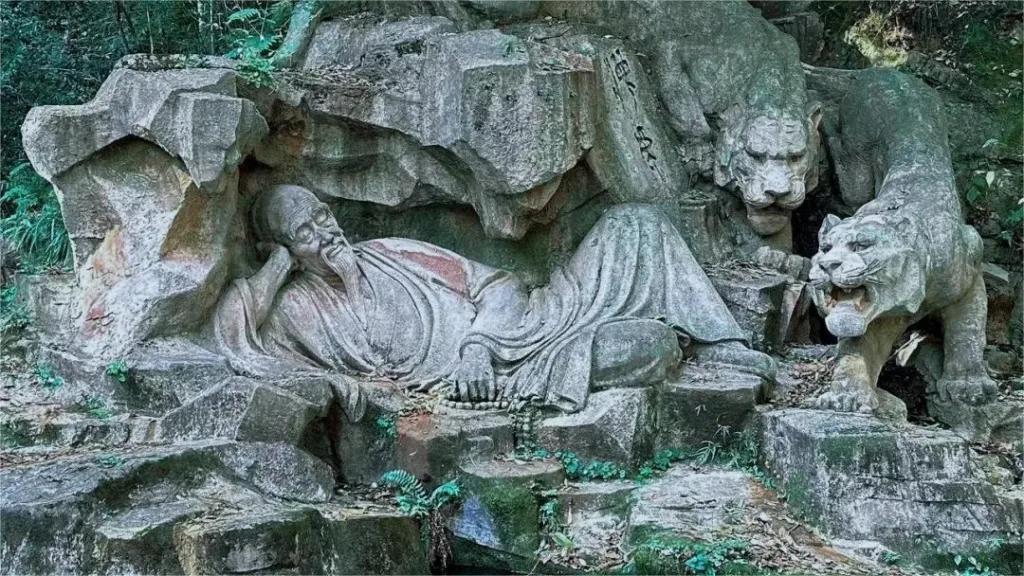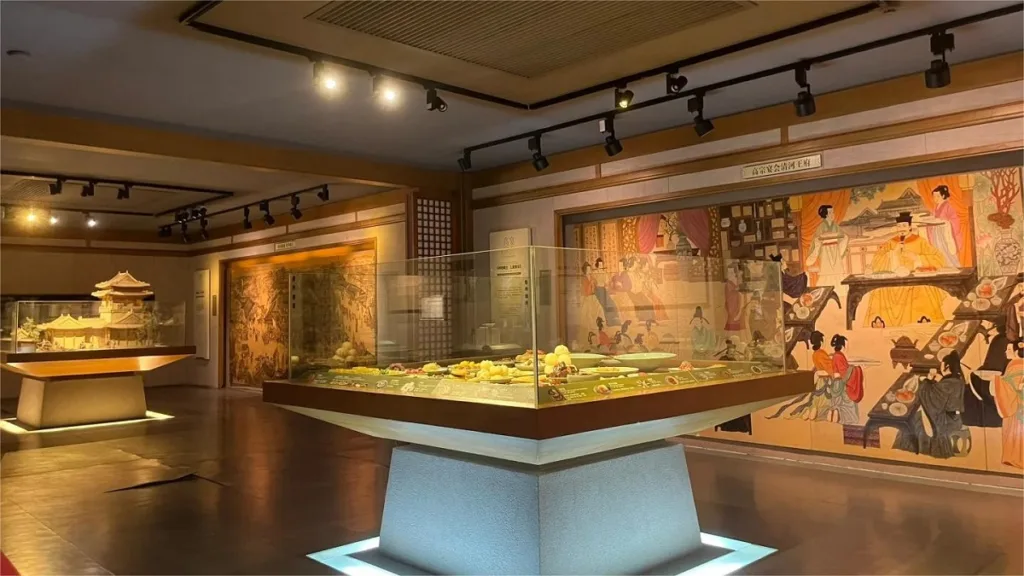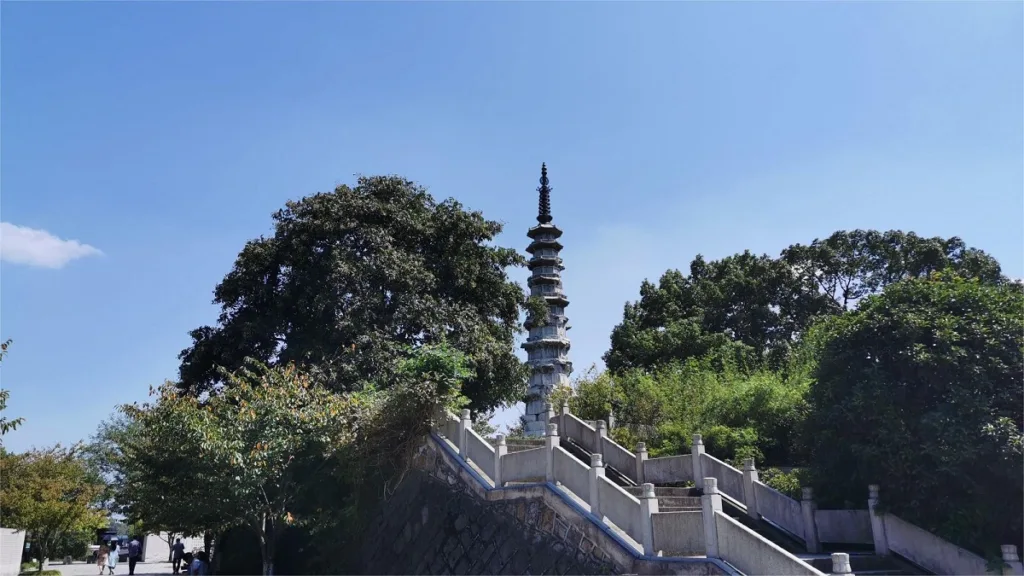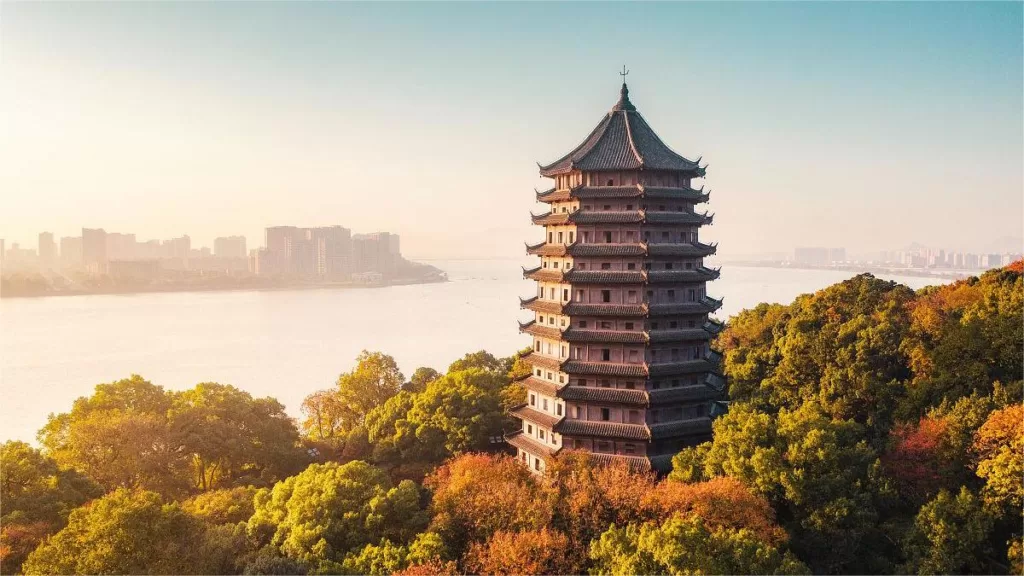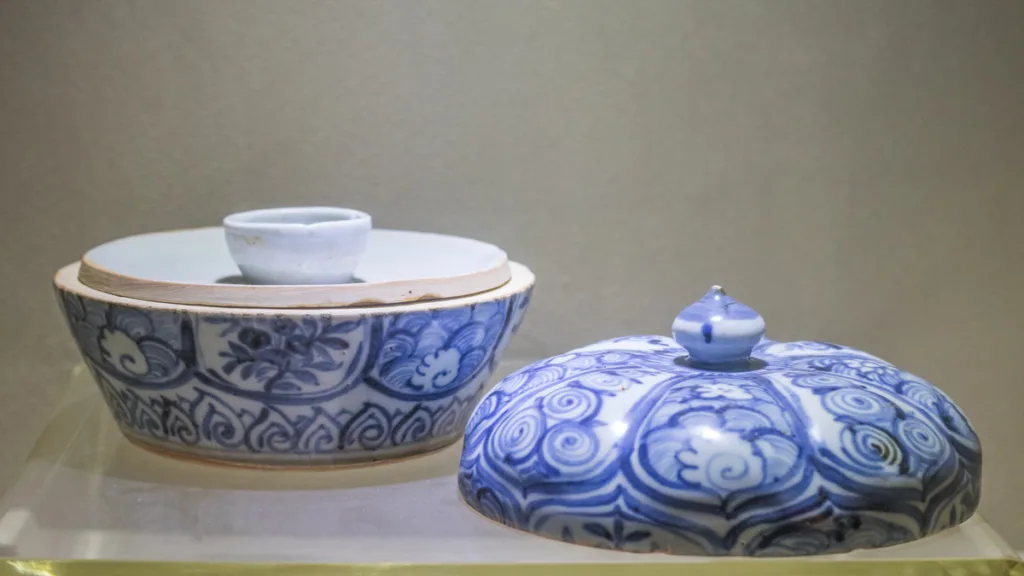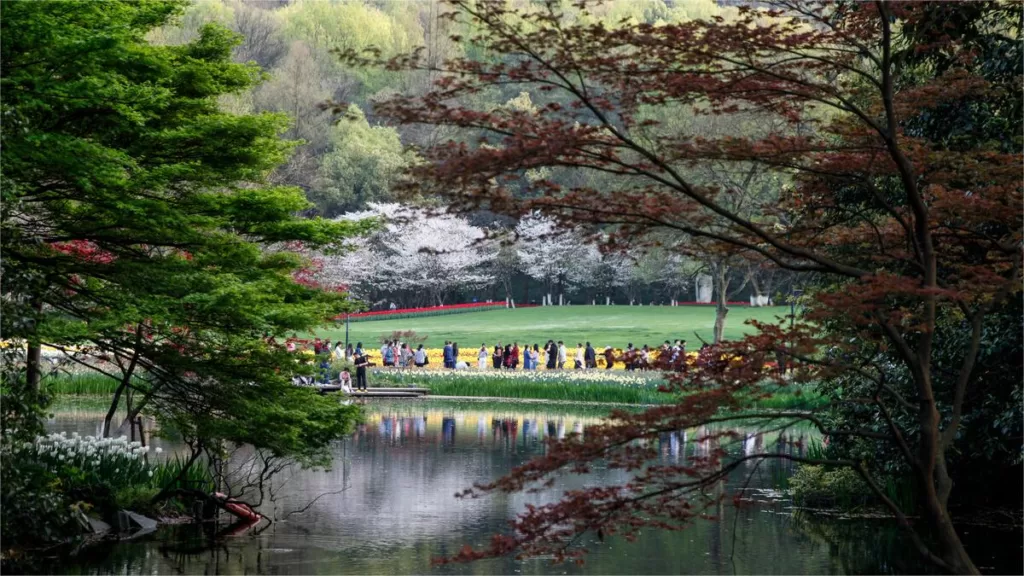Manjuelong Village (满觉陇村), also known as Manlong or Manjianong, lies to the south of West Lake in Hangzhou. Its history dates back to the establishment of Yuexing Monastery in the fourth year of Tianfu of the Later Jin Dynasty (939 AD). In the second year of the Zhiping era of the Northern Song Dynasty (1065 AD), it was renamed Manjue Monastery, with “Manjue” meaning “complete enlightenment,” which gave the village its name.
Even before the Ming Dynasty, Manjuelong was renowned for its osmanthus trees, making it a renowned destination for osmanthus appreciation around West Lake. Along the village’s mountain paths, over seven thousand osmanthus trees, some over two hundred years old, line the way. During the golden autumn when the flowers bloom, the fragrance of golden osmanthus fills the air, with the blossoms sparkling like pearls, creating a mesmerizing sight for visitors. Since the first West Lake Osmanthus Festival held in 1990, the village has successfully organized this event every year. Along the roadsides, villagers set up temporary tea stalls, offering visitors the chance to taste delicious osmanthus tea and osmanthus chestnut soup. For those seeking further enjoyment, one can venture deeper into Manjuelong to explore the Stone House, Water Fun, and Smoke and Mist caves.
Manjuelong Village is not only famous for its osmanthus but also one of the main producers of West Lake Longjing Tea. According to the Hangzhou Municipal People’s Government’s “Regulations on the Protection of West Lake Longjing Tea Bases,” implemented in July 2001, the tea gardens within the village are designated as first-class protected areas. Moreover, the village’s tea leaves are annually among the primary purchases for the national gift tea collection.
Basic Information
| Estimated Length of Tour | 1 – 2 hours |
| Ticket Price | Free |
| Opening Hours | 24 hours a day throughout the year |
Location and Transportation
Manjuelong Village is nestled to the southwest of West Lake in Hangzhou, Zhejiang Province, China. Situated between the peaks of Nan Gaofeng and Baihefeng, it is a tranquil and picturesque natural village. To get there, you can take bus 4, 180, 194, 197, 315, or 318 and get off at Hangzhou Zoo Stop (杭州动物园站).



